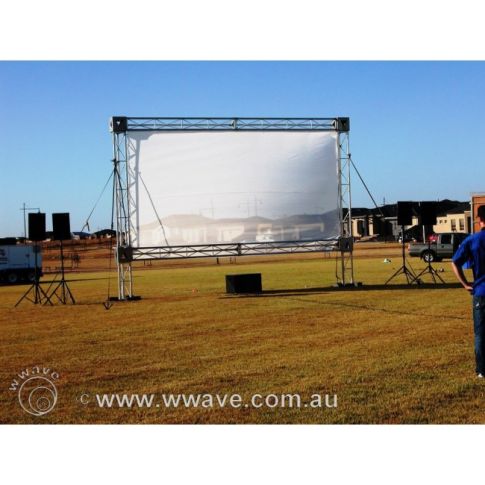We use cookies to make your experience better. To comply with the new e-Privacy directive, we need to ask for your consent to set the cookies. Learn more.
The Technical Side of AV Lighting: Understanding Equipment and Setup

Lighting plays a vital role in creating immersive and engaging experiences in audiovisual (AV) production. For the best outcome and visual impact, the technical aspects of AV lighting are essential, whether it is a live event, a concert, a theatre performance, or a corporate presentation. To master the technical aspects of AV lighting, professionals must be familiar with the key equipment and setup considerations.

Lighting Fixtures:
1. Fresnel Lights:
A Fresnel light is one of the most versatile lights used in AV lighting. It produces a soft, controllable beam that can be adjusted for spot or flood lighting. It is commonly used in theatres and studios for key lights and fills lights.
2. PAR Cans:
PAR (Parabolic Aluminized Reflector) cans are robust and produce powerful beams of light. They are ideal for illuminating large areas, making them ideal for concerts and outdoor events. PAR cans are available in a variety of sizes, each with its own beam angle.
3. Moving Lights:
Lights with moving heads are commonly used in concerts, stage productions, and live events to add a dynamic element to AV lighting setups. These fixtures can tilt, pan, and change colour to provide a wide range of creative possibilities.
4. LED Fixtures:
LED fixtures are energy-efficient and offer a wide range of colours, making them ideal for creating dynamic lighting effects. LED fixtures are programmable and can be controlled remotely, so they can create dynamic lighting effects. When color-changing lights play a significant role in the design of events, LED fixtures are commonly used.
Lighting Control Systems:
1. DMX Protocols:
DMX is the standard for controlling lighting fixtures. DMX enables precise control over light intensity, colour, and movement. Lighting consoles communicate with fixtures using DMX signals, allowing for centralized control of lighting fixture
2. Lighting Consoles:
Lighting consoles are the control centres for AV lighting setups. They allow operators to program and control various lighting elements. Advanced consoles support cueing, timecode synchronization, and moving lights and LED fixtures.
3. Dimmer Packs:
Modern lighting control systems often include dimming kits, which allow smooth transitions between scenes and help create ambience. Dimmer packs are essential for adjusting the intensity of lighting fixtures.
Rigging and Mounting:
1. Trusses:
Lighting fixtures are suspended from trusses, which serve as structural frameworks. Trusses can be customized according to the venue and the specific lighting requirements, as they come in various lengths and configurations. Trusses are an essential part of achieving a secure and organized lighting system.
2. Motors and Hoists:
During a performance, lighting fixtures are lifted and lowered with the assistance of motors and hoists. Automated rigging systems make it possible to position lights precisely during a show while enhancing the visual impact.
3. Safety Cables:
Safety cables are an essential component of AV lighting setups. They serve as a secondary layer of protection by anchoring lighting fixtures to trusses. In the event of a failure with the primary mounting mechanism, safety cables prevent fixtures from falling.
Power Distribution:
1. Power Distribution Units (PDUs):
The PDU is a device designed to distribute power to lighting fixtures. Since they provide stability and reliability to the power supply, they prevent electrical issues that could disrupt performance. The PDU may include features such as surge protection and individual circuit monitoring.
2. Power Cables:
High-quality power cables are essential for a robust AV lighting setup. Proper cable management is crucial to prevent tripping hazards and ensure a neat appearance. Different fixtures may require specific power connectors, so professionals must be familiar with various cable types.
Environmental Considerations:
1. Heat Management:
A proper heat management system is essential in order to prevent overheating. Adequate ventilation and an appropriate spacing between fixtures are essential considerations. LED fixtures are preferred due to their energy efficiency and lower heat output.
2. Weatherproofing:
AV lighting setups for outdoor events require weatherproofing in order to prevent damage from environmental elements. Weather-resistant fixtures and appropriate covers for sensitive equipment are vital to ensuring reliability.
Conclusion
Mastering AV lighting requires a thorough understanding of lighting fixtures, control systems, rigging, power distribution, and environmental considerations. Wwave Audio Visual brings to the field a wealth of experience in the fields of audiovisual, lighting, rigging, staging, and installation hire and sales. Event Power Distribution demonstrates the importance of staying current with technological advancements in order to deliver exceptional and visually captivating experiences in the ever-changing landscape of audiovisual production.
